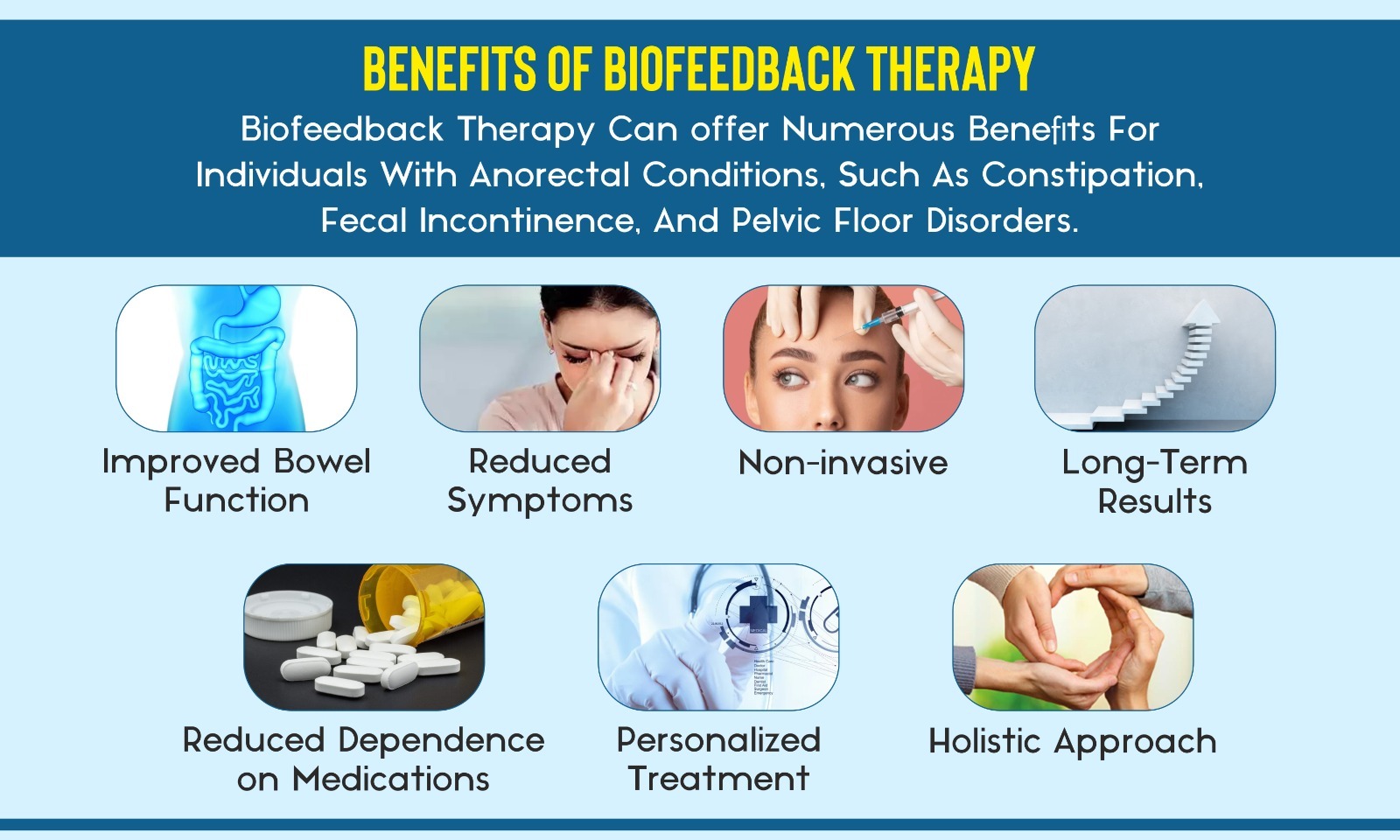Harnessing the Power of Bio Feedback to Revolutionize Chronic Discomfort Control and Enhance Standard of Living
Harnessing the Power of Bio Feedback to Revolutionize Chronic Discomfort Control and Enhance Standard of Living
Blog Article
Chronic pain is a condition that impacts countless of individuals around the globe. It can be caused by multiple elements, including injuries, diseases, or even anxiety. For many individuals, managing chronic pain can be a constant challenge that affects their quality of life. Traditional treatments often consist of medications, physiotherapeutic therapy, and occasionally surgery. However, these methods do not always offer the relief that individuals desire. Recently, biofeedback has surfaced as a potential alternative for controlling chronic pain and enhancing overall well-being.
Biofeedback is a method that educates individuals how to control specific bodily processes by using indicators from their own physiology. This method includes employing sensors that monitor physiological responses such as heart rate, muscle tension, and skin temperature. By providing real-time feedback, patients can learn to identify their body's responses to pain and stress. This consciousness allows them to formulate strategies to manage their pain more efficiently. For instance, if a patient notices that their muscle tension increases when they are in pain, they can utilize relaxation strategies to help alleviate that tension.
One of the key advantages of biofeedback is that it empowers individuals to take an proactive role in their pain control. Instead of relying solely on medications or treatments from healthcare providers, patients can gain to comprehend and control their own bodies. This sense of control can useful source lead to enhanced confidence and a more positive outlook on life. Many individuals report feeling more in control of their pain and less like sufferers of their syndrome. This shift in mindset can significantly improve their standard of life.
Studies has shown that biofeedback can be beneficial in alleviating chronic pain indicators. Research indicate that patients who employ biofeedback methods often experience less pain and improved physical function. Additionally, biofeedback can help lessen anxiety and stress, which are frequent issues for those living with chronic pain. By tackling both the physical and emotional aspects of pain, biofeedback offers a comprehensive approach to pain control. This integrated method can lead to superior outcomes for individuals, allowing them to engage more completely in their routine activities.
In conclusion, biofeedback is a significant tool for transforming chronic pain control. By educating individuals to comprehend and control their physiological reactions, biofeedback enables patients to take charge of their pain. This method not only helps reduce pain but also enhances overall quality of life. As more individuals look for alternatives to conventional pain management methods, biofeedback stands out as a potential option. With ongoing investigation and recognition, biofeedback could become an integral part of chronic pain treatment, helping patients lead healthier, more fulfilling lives.